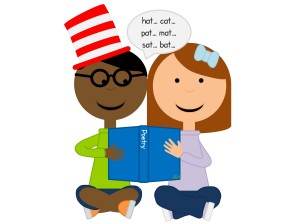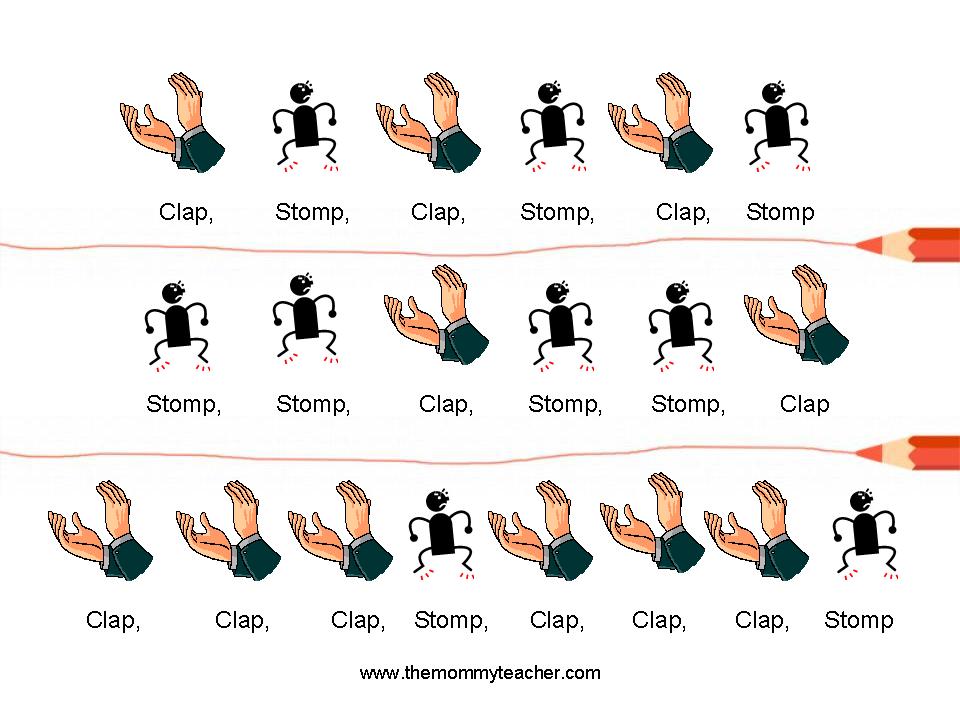“Jack be nimble, Jack be quick, Jack jump over the candle________”
This is the third phase of rhyming: Generating the rhyme that would complete the sentence. However, you and I not only intrinsically rhyme, but we are familiar with this rhyme and if we are not, we could just use our deductive reasoning to figure that the word missing is “stick.”
Little children are trying to learn patterns in familiar rhymes so that they can acquire these skills.
So, first I want you to read your child some nursery rhymes or other rhyming books you may own, and after they are familiar with them, read them again without the second rhyme, giving them a few seconds of “wait time” to guess what rhyme is missing.
Then, I want you to print the following template:
Color The Rhyming Picture Poem
You are going to ask them to generate the rhyme and then color in the picture for the poem, or you can just ask your child to color the picture that rhymes with _______(for example, “fun”-and the answer would be “sun”). My suggestion is to allow your child to name all the images in the picture first so that they will not be so confused when trying to identify the rhyming picture.




